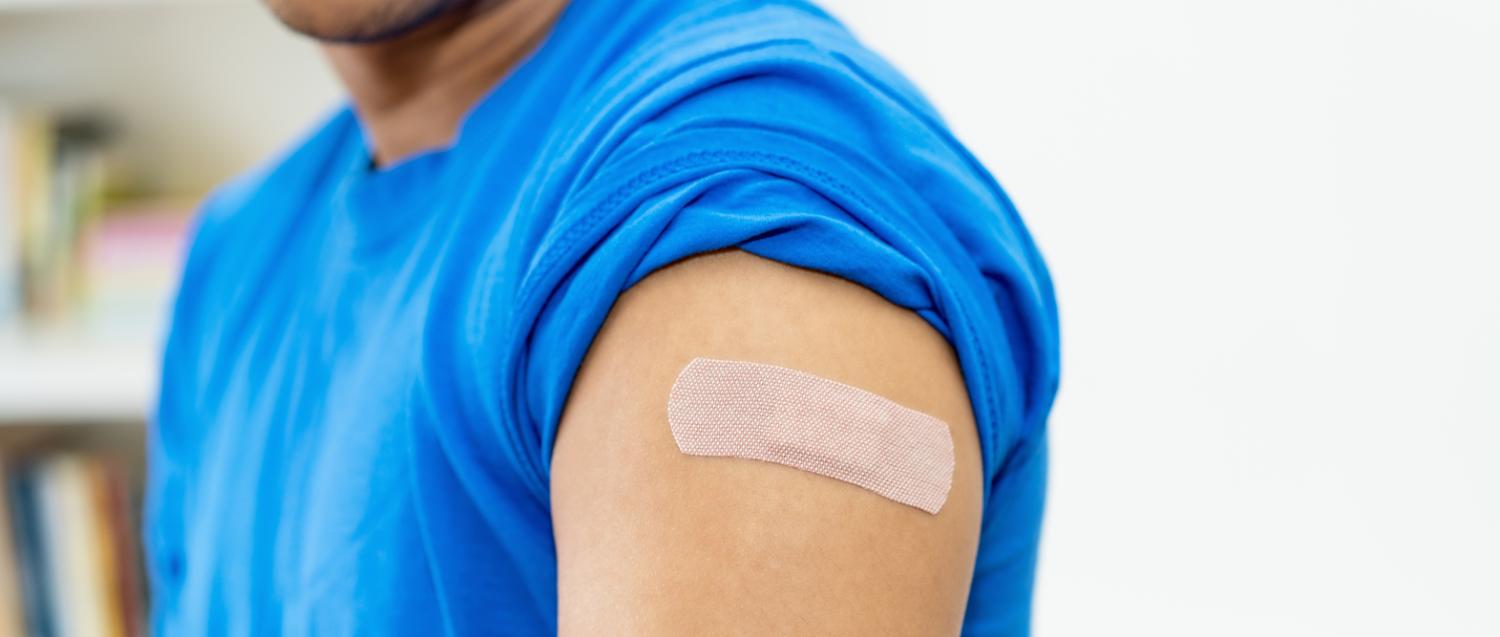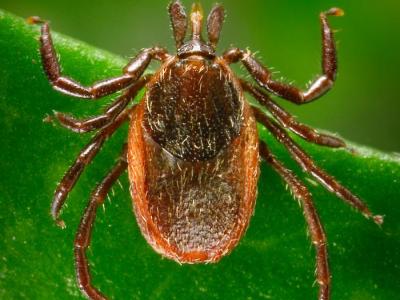A new study in the Annals of Internal Medicine of US veterans prescribed nirmatrelvir–ritonavir (Paxlovid) during COVID-19 infections shows no difference in long-COVID rates among groups who took the antivirals and those who did not.
The study was based on 191,057 veterans with a first positive SARS-CoV-2 test result during January through July 2022. Among that group, 9,593 nonhospitalized patients were treated with Paxlovid, and outcomes were compared among their matched untreated cohorts for 31 post-COVID conditions (PCCs).
Follow-up lasted through January 2023 to allow for 6-month outcomes after treatment, the authors said.
Among participants prescribed the antiviral, 86% were men, median age was 66, and 17.5% were unvaccinated.
Our results suggest that considerations about PCCs may not be an important factor in COVID-19 treatment decisions.
There were no differences observed between participants treated with Paxlovid and their matched untreated comparators. The only benefit seen was a lowered combined risk for venous thromboembolism and pulmonary embolism (subhazard ratio, 0.65 [95% confidence interval [CI], 0.44 to 0.97]; cumulative incidence difference, −0.29 percentage points [95% CI, −0.52 to −0.05 percentage points]) in patients who took Paxlovid.
"Our results suggest that considerations about PCCs may not be an important factor in COVID-19 treatment decisions," the authors concluded.

















